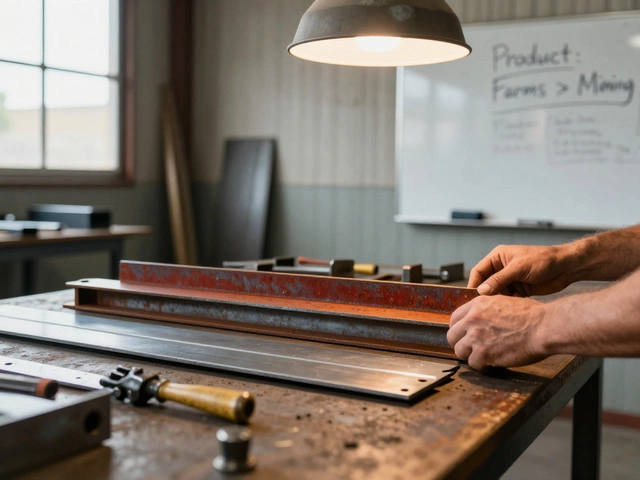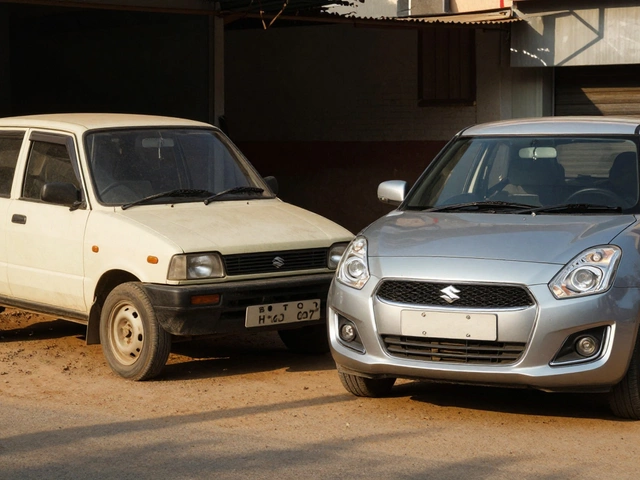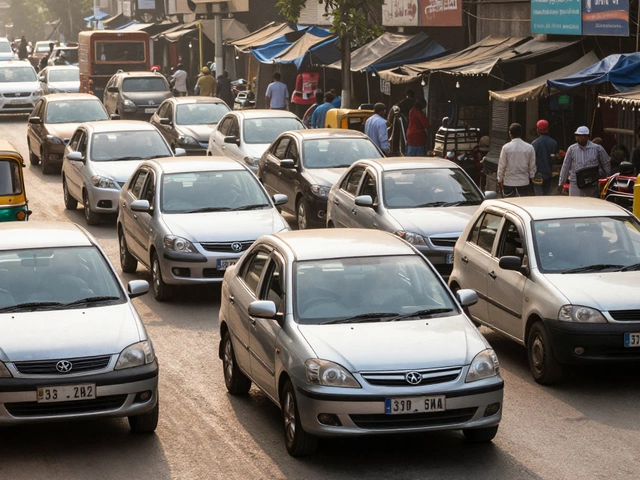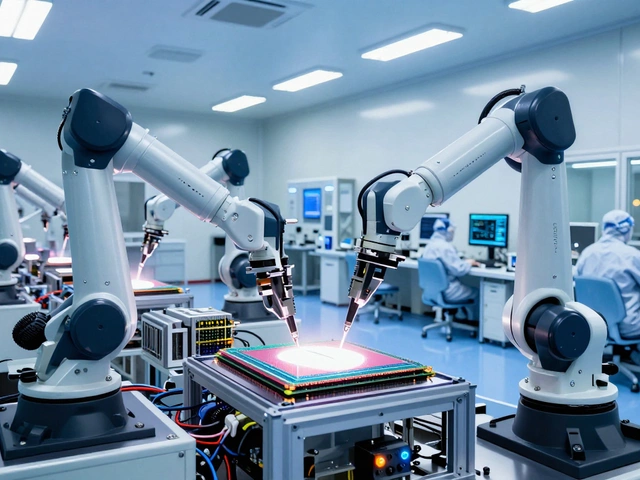Pakistan Car Manufacturing: Current Landscape and Future Prospects
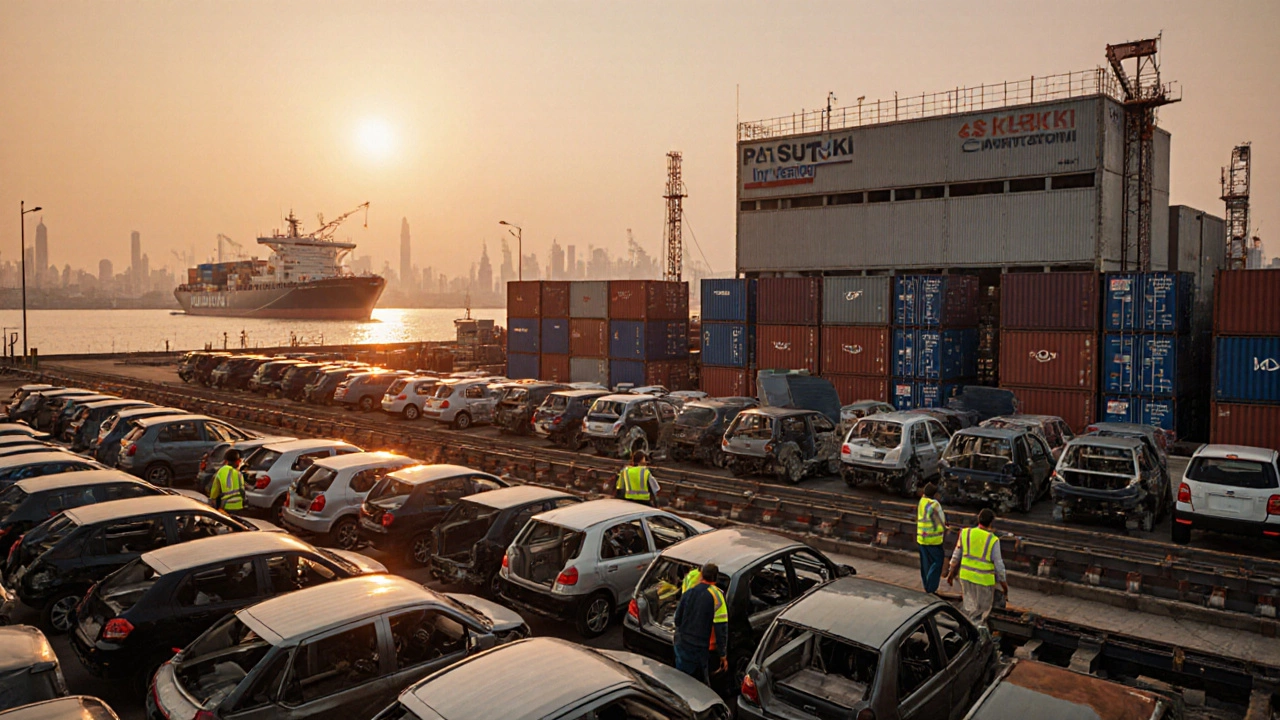
Pakistan Automotive Investment Calculator
Investment Calculator
Investment Results
Production Estimate
Annual vehicle production units
Revenue Estimate
Annual revenue (PKR million)
Profit Estimate
Annual profit (PKR million)
Payback Period
Years to break even
Quick Takeaways
- Pakistan has two major local car assemblers and several CKD (completely knocked down) partners.
- Annual production hovers around 70,000 units, far behind India’s 30 million but growing.
- The government’s Auto Industry Development Policy (AIDP) 2022 offers tax breaks, duty reductions and financing support.
- Key players include Suzuki, Honda, and emerging joint‑venture projects with Chinese firms.
- Infrastructure projects under CPEC and a nascent automotive cluster in Sindh could double output by 2030.
When people ask Pakistan car manufacturing, they’re really wondering whether a country known more for textiles and agriculture can actually build cars on its own soil. The short answer: yes, Pakistan assembles vehicles, but the scale, variety, and ownership structure differ from typical "made‑in‑Pakistan" narratives you see in bigger markets.
Pakistan car manufacturing is the process of assembling, producing, and eventually exporting motor vehicles within the geographic boundaries of Pakistan, primarily through local subsidiaries of foreign automakers and a handful of indigenous firms. To understand where it stands today, we need to trace its history, map the players, and look at the policy canvas shaping its future.
How the Industry Got Its Wheels Turning
Automobile production in Pakistan kicked off in the early 1980s with the establishment of the Pak Suzuki Motors Co. Ltd.. Suzuki imported CKD kits from Japan and assembled them in a plant near Karachi. The model lineup - from the Safari SUV to the iconic Mehran compact - became the backbone of the market for three decades.
In 1993, Honda Atlas Cars (Pakistan) Ltd. set up a second major plant, also near Karachi, bringing in locally assembled versions of the Civic and Accord. These two companies dominated until the early 2000s, when a mixture of import‑tariff hikes, currency devaluation, and rising labor costs forced many foreign OEMs to rethink direct entry.
Fast‑forward to 2015, the government launched the Auto Industry Development Policy (AIDP), promising lower customs duties on CKD parts and incentives for full local production. The policy reignited interest, especially from Chinese automakers looking to tap into South Asian demand.
Who's Assembling Cars in Pakistan Right Now?
- Pak Suzuki Motors - The largest player with an annual capacity of ~150,000 units. Currently assembles the Cultus, Alto, and the newer Swift.
- Honda Atlas Cars - Operates a plant that can produce ~40,000 vehicles per year, focusing on the Civic and City models.
- Heavy Industries Taxila (HIT) - Primarily a defense contractor, but under a joint venture with China’s Changan Automobile, it assembled the Changan Alsvin in 2022.
- Indus Motor Company (IMC) - A newer entrant backed by Malaysian investors, planning a 2024 launch of a compact SUV based on a Chinese platform.
- Ghandhara Industries - Focuses on commercial trucks and buses, but has expressed interest in passenger‑car assembly.
Collectively, these plants churn out roughly 70,000-80,000 units annually (2023‑2024 data). While far from the 30 million vehicles rolled out by Indian manufacturers, the numbers have been on a modest upward trend since 2020.
Pakistan vs. India: A Numbers Snapshot
| Country | Passenger Cars Produced | Commercial Vehicles Produced | Total Units |
|---|---|---|---|
| India | 30.3 million | 1.1 million | 31.4 million |
| Pakistan | 68,000 | 12,000 | 80,000 |
India’s massive scale comes from a mix of fully integrated manufacturers (Maruti Suzuki, Tata Motors, Mahindra) and a deep supplier ecosystem. Pakistan, by contrast, still relies heavily on CKD imports - meaning most components arrive disassembled and are put together locally.
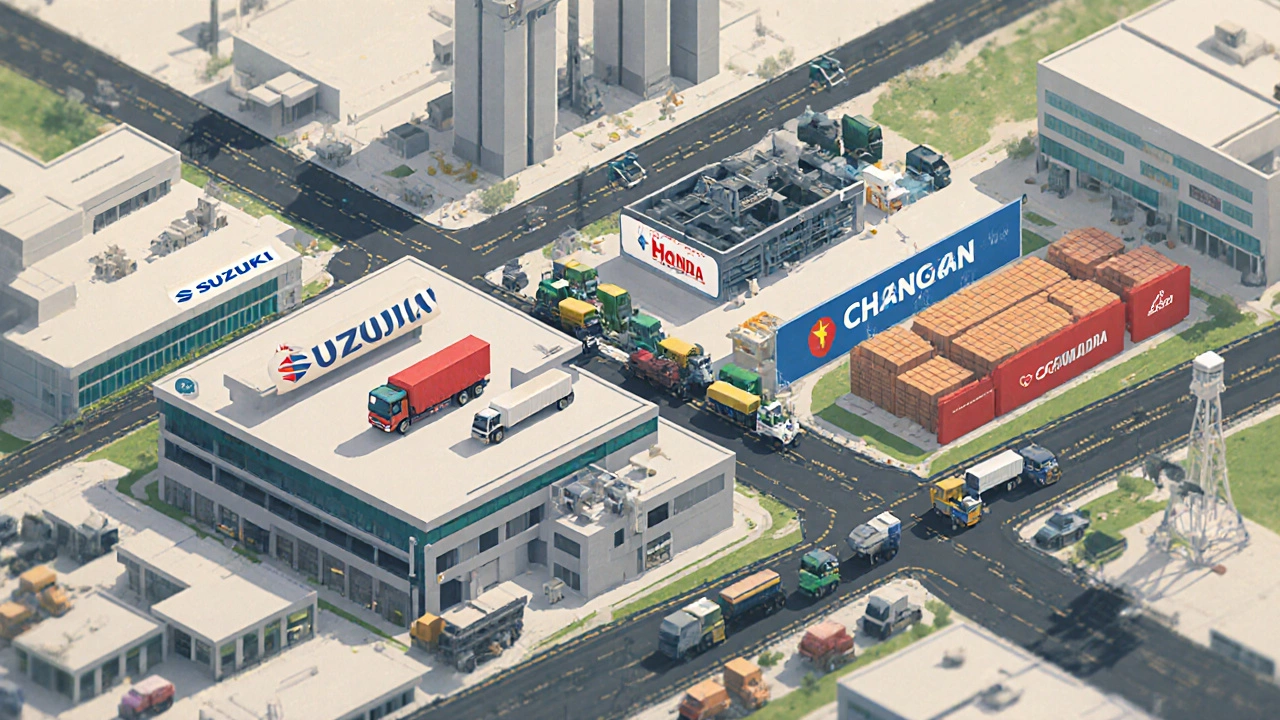
Policy Levers Driving Growth
The AIDP 2022 introduced three core pillars:
- Fiscal incentives: Reduced customs duties on CKD parts from 30% to 10% for approved projects.
- Financing support: Low‑interest loans from the State Bank of Pakistan for manufacturers meeting local‑content thresholds.
- Infrastructure development: Creation of the Sindh Automotive Cluster near Karachi, offering ready‑made plant sites, power, and logistics.
Additionally, the China‑Pakistan Economic Corridor (CPEC) has earmarked $2 billion for transport and industrial zones, indirectly benefitting auto manufacturers by cutting freight costs and improving supply‑chain reliability.
The Roadblocks Still Stuck in the Mud
Even with policy support, several challenges temper optimism:
- Supply‑chain dependence: Over 80% of parts are still imported, exposing manufacturers to exchange‑rate volatility.
- Skilled‑labour gap: While assembly jobs are plentiful, there’s a shortage of engineers trained in modern automotive robotics.
- Market size: Pakistan’s per‑capita vehicle ownership is ~30 cars per 1,000 people, limiting domestic demand.
- Financing hurdles for consumers: High interest rates on auto loans make new‑car purchases less attractive compared to used‑car imports.
Addressing these issues requires coordinated effort between the Ministry of Industries, educational institutions, and private investors.
What the Future Might Look Like
Three scenarios are under serious discussion among analysts:
- Steady growth: Existing plants hit 2025 capacity, new entrants like IMC launch by 2026, total output reaches 120,000 units.
- Joint‑venture boom: Leveraging CPEC, Chinese OEMs set up full‑manufacturing facilities, raising local‑content to 50% and creating an export‑oriented corridor to Afghanistan and Central Asia.
- Policy reversal: If fiscal incentives are trimmed, manufacturers may scale back, leading to a decline back to sub‑60,000 units.
Most experts lean toward the first two, citing the government’s commitment to the AIDP and the strategic importance of the Sindh cluster.
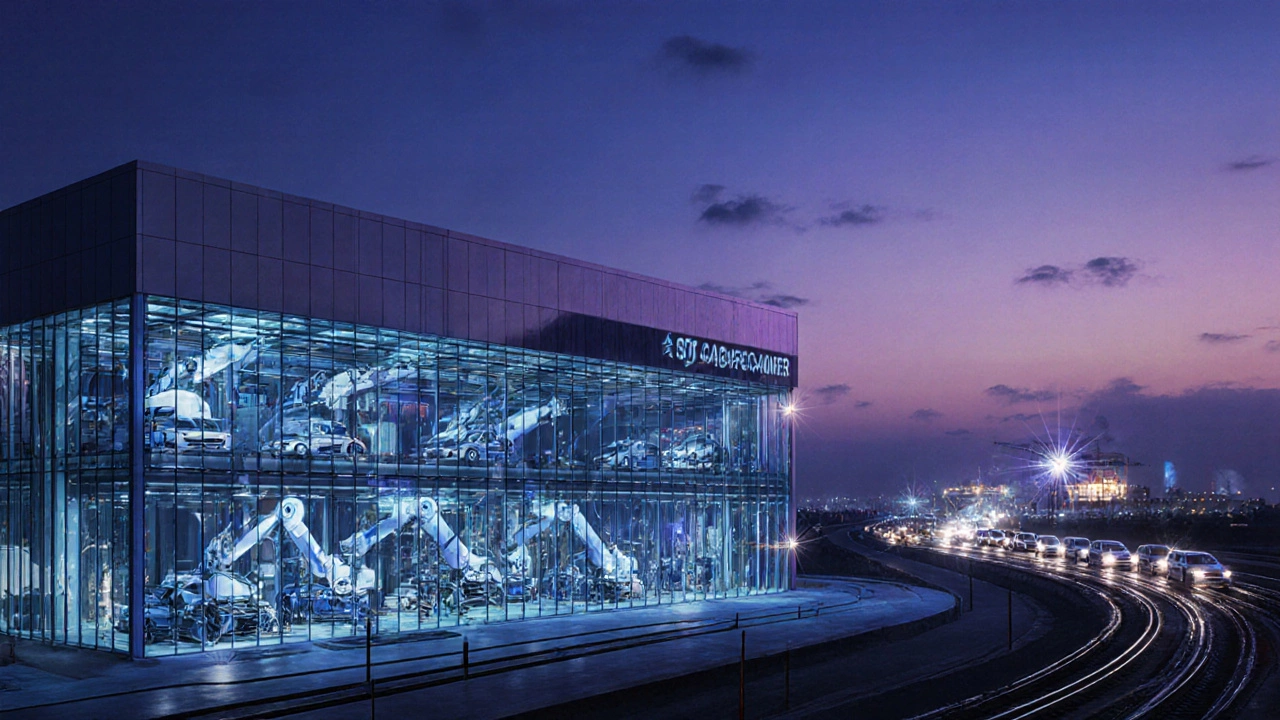
Implications for Pakistani Consumers
For everyday buyers, a growing local industry could mean:
- More affordable pricing due to reduced import duties on CKD kits.
- Greater after‑sales support and localized parts inventory.
- Potential for locally designed models tailored to South Asian road conditions (e.g., high ground clearance, robust cooling).
However, until financing becomes cheaper, many will continue to favor used imports from nearby markets like the UAE.
Investor Checklist - Is Pakistan Worth a Bet?
- Confirm the plant’s eligibility under AIDP - check duty‑reduction certificates.
- Assess local‑content requirements - aim for 30%+ parts sourced from domestic firms.
- Secure financing early - lock in State Bank sub‑2% loan rates before any policy shift.
- Evaluate logistics - proximity to the Sindh Automotive Cluster cuts transport costs by ~15%.
- Plan for talent - partner with engineering colleges to create apprenticeship pipelines.
Following this roadmap can help mitigate risk and position a venture to ride the next wave of Pakistani car manufacturing.
Frequently Asked Questions
Does Pakistan produce any cars completely from scratch?
At present, most vehicles are assembled from CKD kits. A few initiatives, like the planned Indus Motor Company project, aim for higher local‑content, but a fully indigenous model has not yet entered mass production.
How does the cost of a locally assembled car compare to an imported one?
Locally assembled cars can be 5‑10% cheaper after accounting for reduced customs duties, though higher financing rates can offset those savings for buyers.
What are the key incentives under the Auto Industry Development Policy?
The AIDP offers a 10% duty on CKD parts, tax holidays for up to 5 years on new plants, and subsidized loans from the State Bank for manufacturers meeting a 30% local‑content benchmark.
Which foreign partners are active in Pakistan right now?
Japanese firms Suzuki and Honda remain the biggest players. Chinese partners like Changan Automobile and FAW Group have pilot projects, while Malaysian investors back the upcoming Indus brand.
Is there any export potential for Pakistani-made cars?
Export is currently minimal, but the Sindh Automotive Cluster’s proximity to the Gwadar port and CPEC logistics corridor could enable regional exports to Afghanistan, Central Asia, and the Middle East within the next decade.


